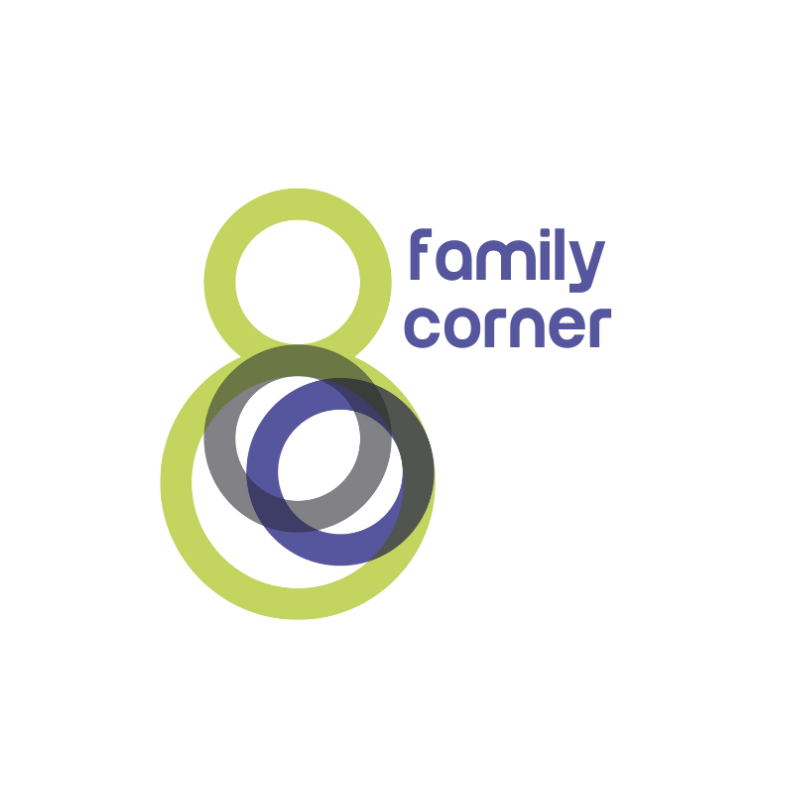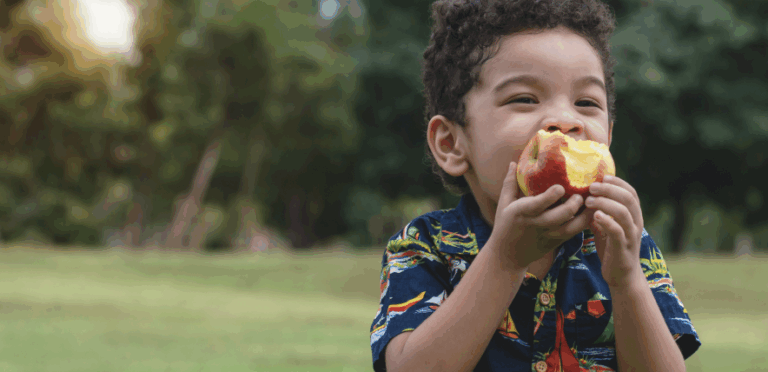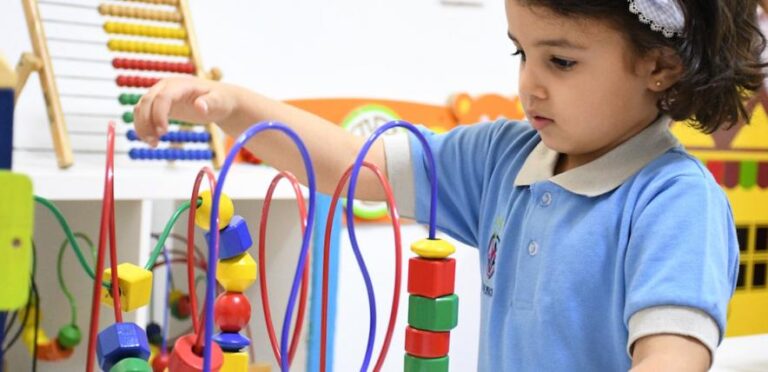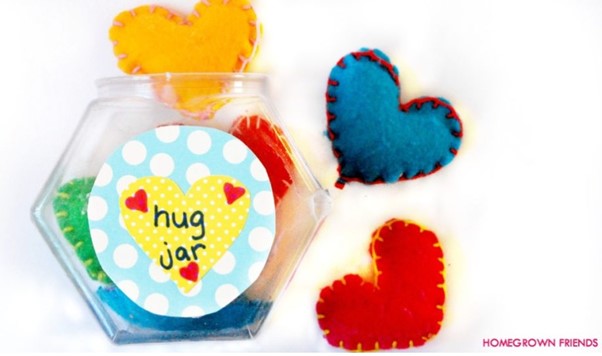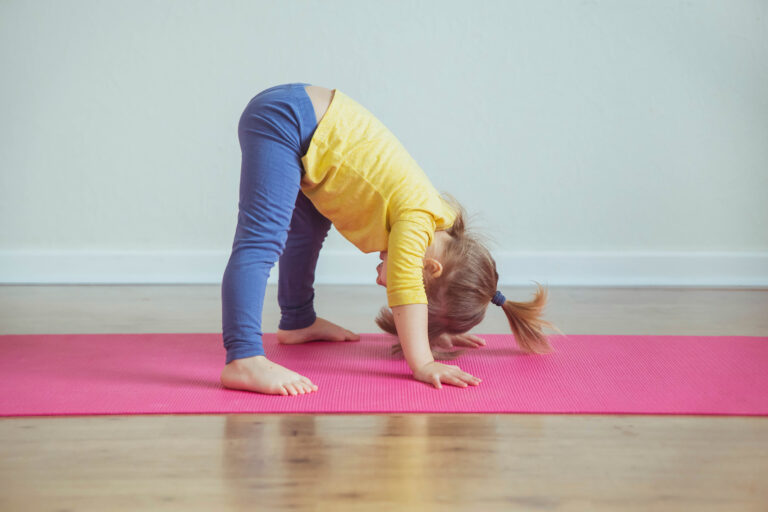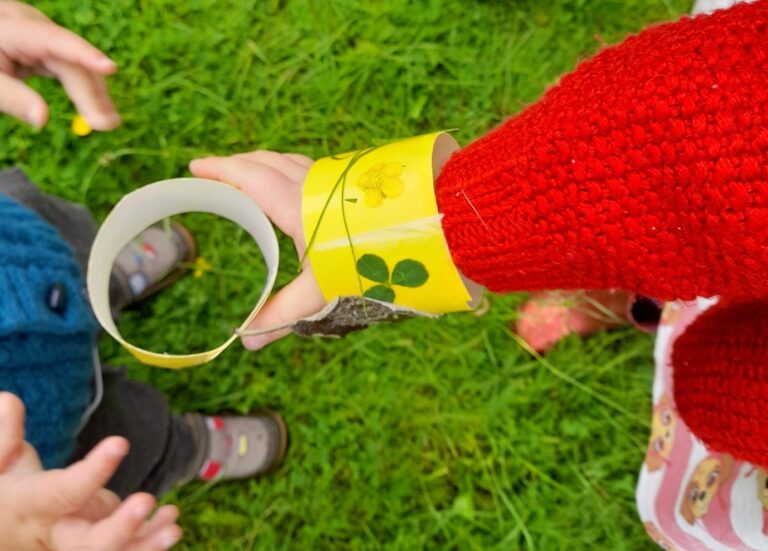From the Infant and Toddler Forum (ITF), a not-for-profit organisation committed to giving every child the healthiest start in life.
Parents and carers often find themselves wondering: How much food is enough for my toddler? An ITF survey of 1000 UK parents revealed that 79% routinely offer portions that are larger than the recommended range for toddlers when offering popular meals, drinks and foods higher in sugar.
To ensure each meal includes nutritious foods to help growing toddlers with small stomachs thrive, we provide top tips for understanding toddler portion sizes and some inspiration for creating nutritious packed lunches to help your little ones form positive eating habits.
Toddler portion size guidelines:
The nature of toddler’s appetites means the portion sizes they eat can vary considerably from meal to meal and day to day. Having a guide like the ITF’s portion size ranges (made freely available on our website here) can be a helpful starting point for how much to offer toddlers. Here are other key points to consider when it comes to toddler portions:
Listen to Your Child: Pay attention to your toddler’s hunger and fullness cues. They are surprisingly good at self-regulating their food intake. Encourage them to eat until satisfied, not until the plate is empty.
Variety is Key: Aim for a balanced diet with a mix of fruits, vegetables, whole grains, dairy (or fortified alternatives) and proteins. This ensures your toddler gets a wide range of nutrients essential for their growth and development.
Small and Frequent: Toddlers have small stomachs, and they may prefer smaller, more frequent meals, e.g. three meals and two snacks per day.
Hydration Matters: Water is vital for your toddler’s well-being. Offer water throughout the day, especially during meals and snacks, and after active play.
Be a Role Model: Children are more likely to adopt healthy eating habits and explore new foods if they see you doing the same.
Advice on sugary foods and packet snacks:
- We recommend that toddlers under two are not to be offered any sweet puddings, cakes, biscuits, confectionery, chocolate, or high-salt snacks such as crisps.
- Over two years of age you may choose to offer small amounts of sweet foods and salty snack foods occasionally, but these should not be a regular part of a toddler’s everyday foods.
Crafting wholesome packed lunches on a budget:
We’ve created some healthy and cost-effective packed lunch ideas to satisfy your toddler’s taste buds and keep them fuelled for the day’s adventures. Pair with a handful-sized portion of their favourite fruit (think halved or quartered grapes, sliced apple, strawberries, melon chunks or mandarin orange segments) and water or milk as preferred.
- Mini wraps:
- Ingredients: ½ a whole-grain tortillas, cream cheese, thinly sliced veggies (2-8 small sticks of carrots, cucumbers, and/or bell peppers), and 1-2 tablespoons of hummus.
- Method: Spread cream cheese on a tortilla, add veggies and a dollop of hummus. Roll it up and cut into bite-sized pieces or ‘coins’.
- Pasta salad with veggies:
- Ingredients: 2-5 tablespoons pasta, 1-3 tablespoons diced cucumbers or other fresh veggies, 1-4 cherry tomatoes halved, a few cheese cubes, and a teaspoon of olive oil and herb dressing. Add shredded chicken, chickpeas or tinned fish for some extra iron and protein.
- Method: Cook the pasta and let it cool. Toss with other ingredients, and pack in a small container.
- Veggie and cheese mini muffins:
- Ingredients: 80g of whole-wheat flour, a grated courgette and/or carrots, an egg.
- Method: Mix the ingredients, pour into mini muffin cups and bake. These bite-sized treats are perfect for tiny hands. Pop one or two into a lunch box and freeze the rest for up to three months.
- Quinoa salad:
- Ingredients: 2-4 tablespoons cooked quinoa, 1-2 tablespoons finely diced veggies (tomatoes, cucumbers, bell peppers) and ½ – 1 tablespoon mixed beans or cubed chicken pieces.
- Method: Mix cooked quinoa with diced veggies and beans or chicken. Spoon the mixture into small container for your toddler for a portable and nutritious lunch. Or make a larger portion and enjoy the rest yourself!
- Rice and lentil pilaf:
- Ingredients: 2-5 tablespoons cooked rice, 1-2 tablespoons of lentils, plus 1-3 teaspoons of peas, corn, diced onion, and/or diced carrot.
- Cook rice and lentils according to packaged instructions. Sauté vegetables until soft. Season with mild spices for flavour and mix ingredients together. This hearty dish is not only economical but also a great source of protein and fibre.
All of the options above can be modified: experiment with different pasta shapes and try a variety of vegetables and cheeses. By understanding portion sizes and embracing creative, budget-friendly packed lunch options, you are setting the foundation for a lifetime of healthy eating habits.
Find out more about toddler portion sizes at https://infantandtoddlerforum.org/toddlers-to-preschool/portion-sizes-for-toddlers
